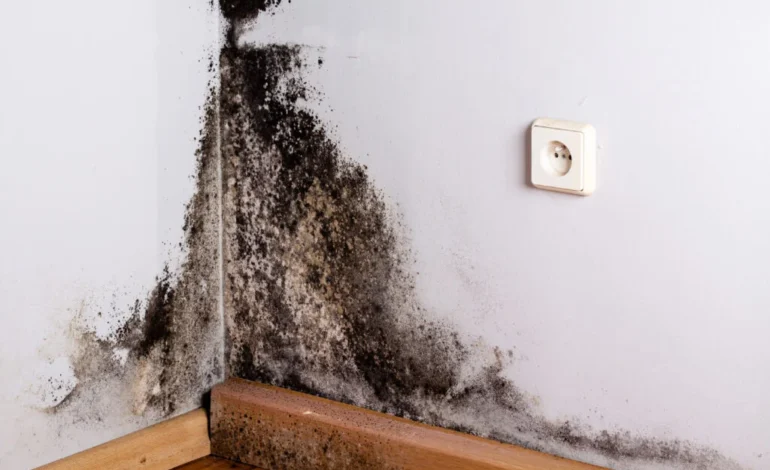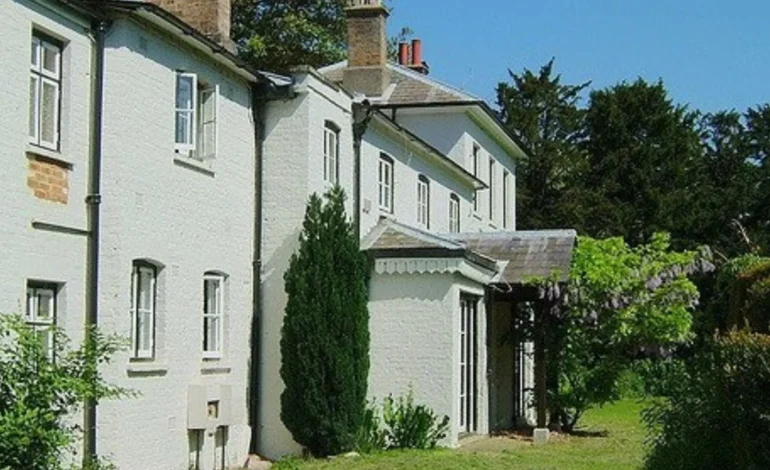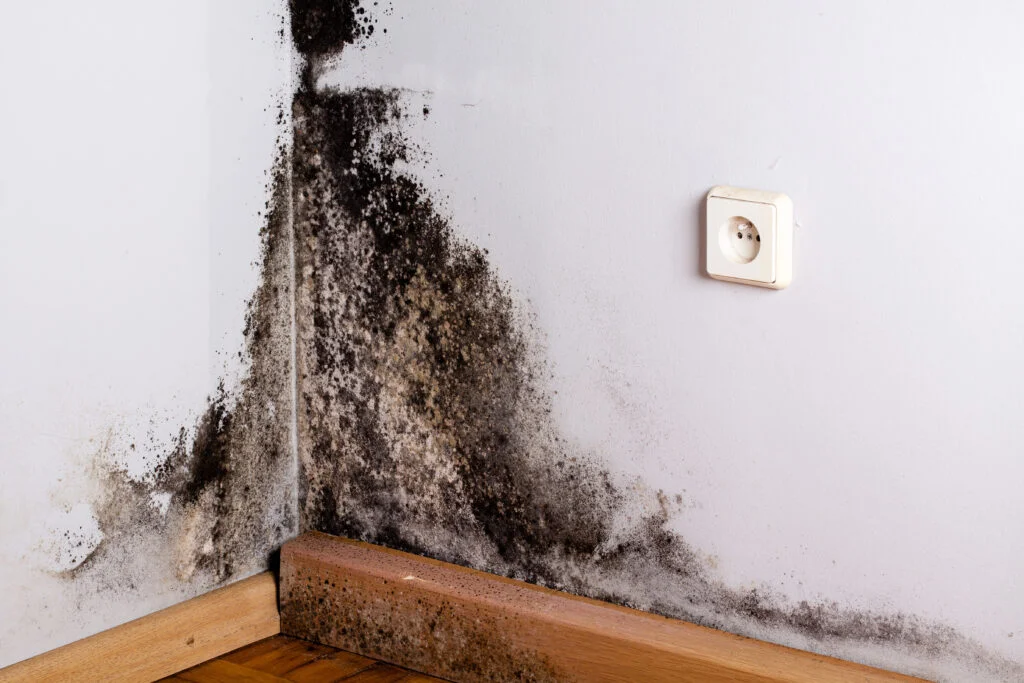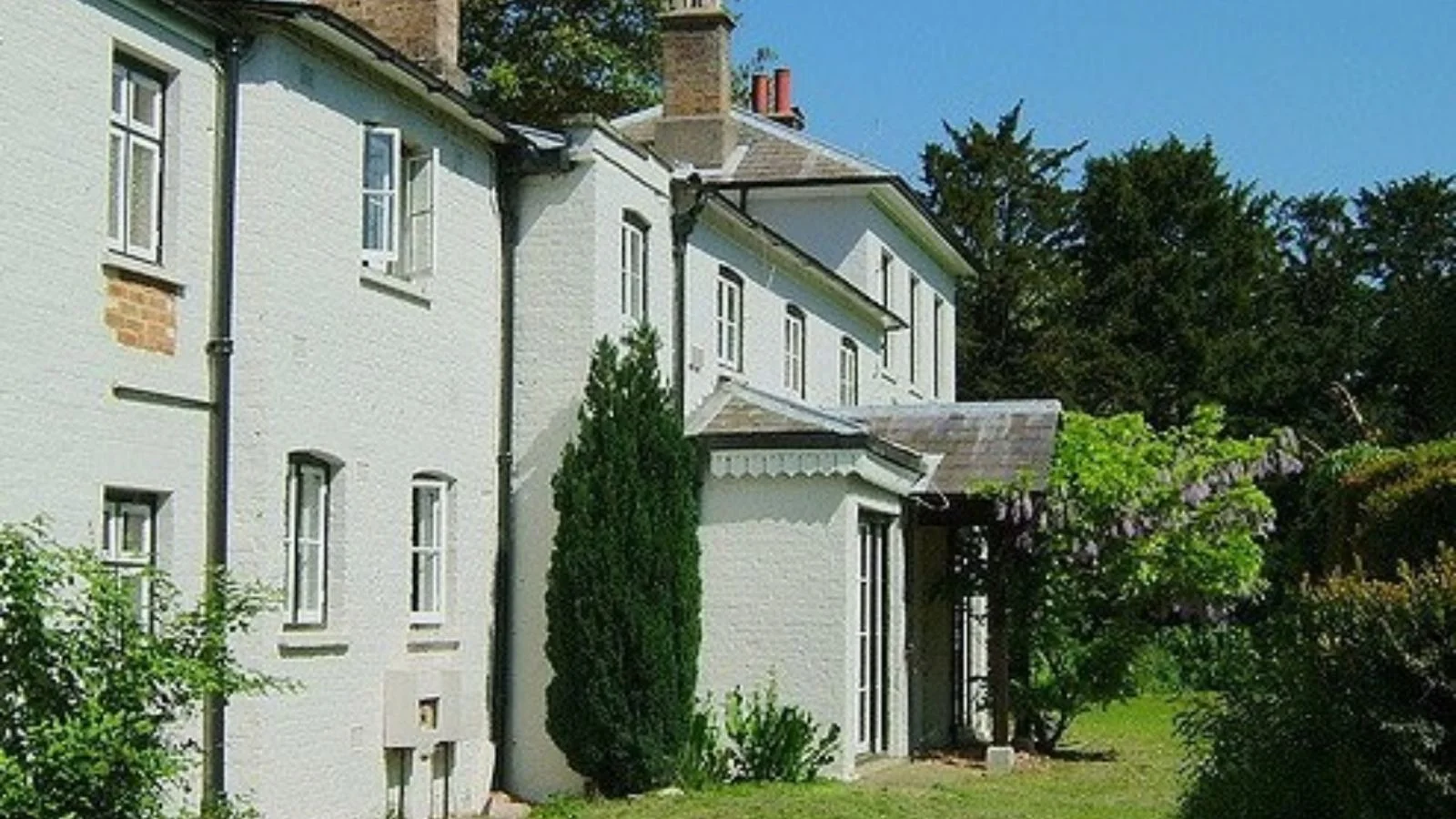
Awaab’s law takes effect in England today, bringing clear deadlines for fixing dangerous conditions in social housing and a promise that the death of two-year-old Awaab Ishak will not be repeated.
Under the rules, landlords must make emergency hazards safe within 24 hours of a report. Significant damp and mould must be investigated within 10 working days. If an inspection confirms a risk, properties must be made safe within five working days, with written findings sent to tenants within three working days of the inspection being completed.
UK News — Latest from EyeOnLondon
Browse the headlines and keep reading for clear context and updates.
Rethinking the UK–EU relationship: Marina Wheeler’s view
A legal and political case for a steadier settlement with Europe and what it could mean at home.
Read the articleMore UK News
Convicted sex offender released in error
How a prison mistake triggered a national alert and new questions over public protection.
Read the articleMore UK News
Prince Andrew and the future of Royal Lodge
Talks over the Windsor residence continue as pressure grows for a move and clarity on the lease.
Read the articleMore UK News
The measures are designed to stop hazards from lingering for months. Landlords who fail to comply can be taken to court, face enforcement orders and be required to pay compensation and legal costs.
Tenants who are especially vulnerable, including families with young children or people with health conditions or disabilities, must be prioritised. Where a home cannot be made safe in time, landlords are expected to offer suitable alternative accommodation.
Awaab died in 2020 after prolonged exposure to mould in a flat rented from Rochdale Boroughwide Housing. The law that bears his name follows campaigning by his family and years of scrutiny of housing standards.
The Housing Secretary, Steve Reed, said the change gives tenants “a stronger voice” and forces landlords to act when lives are at risk. Campaigners want the same deadlines applied swiftly to the private rented sector.
Phase two next year will widen protections to further hazards, including excess cold and heat, fire and electrical risks and hygiene. Phase three in 2027 is due to extend the framework to most remaining risks under the Housing Health and Safety Rating System, with overcrowding considered separately.
For readers who want to check the detail, official timeframes for repairs are set out in the guidance for social landlords and can be read here: official guidance for social landlords.
For more independent coverage of London’s crime and justice stories, follow EyeOnLondon. We’d love to hear your views in the comments.
Follow us on:
Subscribe to our YouTube channel for the latest videos and updates!
We value your thoughts! Share your feedback and help us make EyeOnLondon even better!








